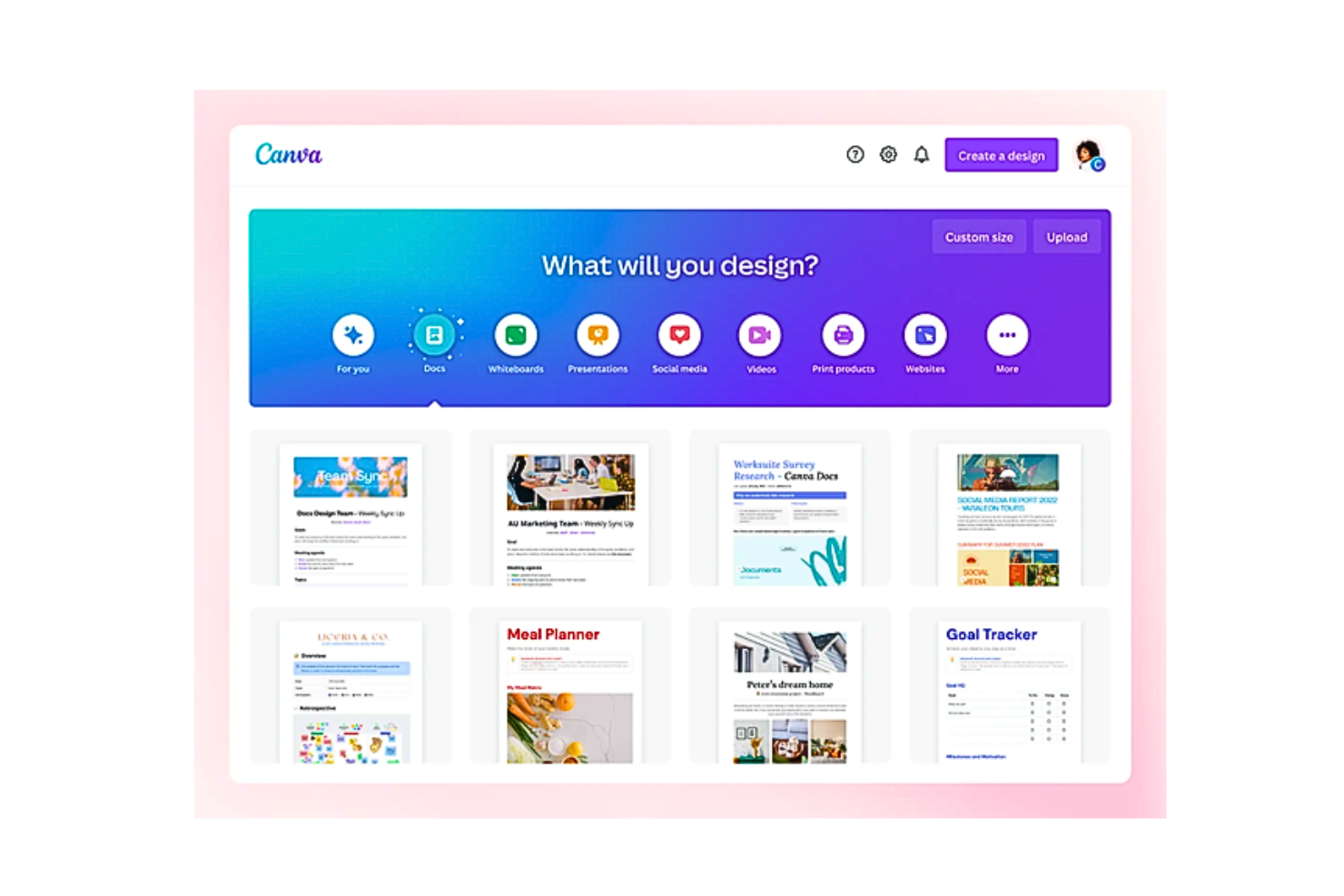How Professional Website Design Helps Build Trust with Your Audience
How Professional Website Design Helps Build Trust with Your Audience
Blog Article
Modern Site Design That Catches Attention and Converts
In a progressively digital landscape, modern-day website layout has emerged as an essential element in recording individual interest and driving conversions. By purposefully using aesthetic hierarchy, receptive designs, and engaging interactive components, developers can produce experiences that not just bring in visitors however likewise facilitate significant communications. In addition, effective call-to-action strategies play a crucial function in guiding customers towards desired outcomes. As we discover these essential elements, it comes to be clear that understanding their interaction can dramatically affect a website's performance and individual contentment. What are the crucial elements that absolutely make a difference?
Relevance of Visual Hierarchy
Aesthetic pecking order is an essential element in web site layout, as it guides individuals' interest and enhances their total experience. By purposefully arranging material, developers can guide users to the most crucial information first, consequently enhancing engagement and improving functionality.
Including a sensible circulation in content plan is important; as an example, putting the most important info at the top of a web page fosters instant recognition. Regular use of typography, such as varying font dimensions and styles, helps establish a clear web content framework. This company not only aids in navigation however additionally builds trust fund, as customers really feel extra comfy when they can quickly find what they are trying to find.
Ultimately, a well-executed aesthetic hierarchy not just enhances visual appeal however additionally dramatically affects individual habits. By focusing on essential elements and making sure a seamless experience, developers can successfully convert visitors into clients, enhancing the relevance of this fundamental design principle in modern-day site growth.
Responsive Layout for All Instruments
Creating a seamless experience throughout different tools is essential in today's electronic landscape, where customers accessibility sites from mobile phones, tablet computers, and desktop computers alike. Receptive style is an important strategy that ensures internet sites adjust fluidly to different screen positionings, resolutions, and dimensions. By employing versatile grids, photos, and CSS media queries, designers can produce layouts that maintain aesthetic stability and functionality, despite the device being made use of.
The significance of responsive style prolongs past looks; it straight influences user involvement and conversion rates. An internet site that operates well on all devices motivates longer visits and minimizes bounce rates, as users are most likely to engage with material that is easy to browse. Search engines, especially Google, prioritize mobile-friendly websites in their rankings, making receptive design an essential element of search engine optimization (SEARCH ENGINE OPTIMIZATION)
Incorporating responsive layout not just boosts user experience yet additionally improves the advancement process. By developing a single website that functions across tools, businesses can conserve time and resources compared to creating separate mobile and desktop computer variations. Inevitably, receptive style is a basic strategy for modern web site design, making certain accessibility and contentment for all customers, despite their gadget.
Involving Interactive Elements
While a responsive design prepares for a useful web site, integrating interesting interactive components is vital for capturing customer focus and cultivating deeper links. Website Design. Interactive components, such as animations, quizzes, and clickable infographics, create an extra vibrant user experience, urging site visitors to invest more time on the website
Including interactive attributes can additionally assist customers through complicated details, making it much easier to digest material. As an example, interactive sliders can show item variations, while imp source ingrained video clips can provide presentations or testimonies that reverberate even more than fixed images or message. In addition, gamification techniques, like rewards for finishing tasks or engaging with web content, can improve individual motivation and retention.
Effective use of interactive components not just improves the user experience however can also lead to greater conversion prices. It is crucial to balance interactivity with performance; extremely complicated attributes may hinder site speed, adversely affecting individual fulfillment.
Structured Navigation Practices
Effective navigation is a foundation of any successful web site, as it straight influences user experience and web content access. Streamlined navigation practices make certain that customers can conveniently find details, boosting their communication with the website. A well-structured navigation menu need to be user-friendly and straightforward, usually including a minimal variety of primary groups to stay clear of frustrating visitors.
To attain streamlined navigating, developers ought to prioritize a hierarchical structure that logically arranges material. Implementing breadcrumb tracks can give customers with context about their current place within the site, enabling for smooth backtracking. Furthermore, using drop-down menus can successfully conserve space while still providing access to subcategories.
Responsive design is crucial, as navigation ought to be useful throughout all tools (Website Design). Mobile users, particularly, gain from touch-friendly food selections and collapsible sections that keep functionality without jeopardizing appearances

Efficient Call-to-Action Techniques
A well-crafted call-to-action (CTA) is important for leading individuals toward wanted end results on a site, as it urges them to engage with material or make an acquisition. To maximize their performance, CTAs ought to be clear, engaging, and strategically put throughout the website.
First, utilize action-oriented language that interacts urgency or value, such as "Get Started," "Sign up with Currently," or "Claim Your Discount." This language not only encourages customers yet also sets clear assumptions about the next steps.
2nd, take into consideration style aspects; CTAs should attract attention visually via contrasting shades, ample whitespace, and prominent positioning. A switch that is easy to see click and click increases the probability of individual interaction.
In addition, individualizing CTAs based on customer habits or demographics can substantially boost interaction. Customized messages reverberate more with users, driving higher conversion prices.

Final Thought
In final thought, modern-day web site style stresses the integration of visual hierarchy, receptive designs, involving interactive components, streamlined navigation, and reliable call-to-action approaches. These elements jointly improve customer experience, making certain that visitors stay engaged and motivated to explore content further. By prioritizing these style principles, services can dramatically boost user retention and conversion rates, inevitably resulting in greater success in the digital landscape. The constant evolution of website design emphasizes its important function in efficient on-line interaction and advertising and marketing.
In a significantly electronic landscape, modern-day web site layout has actually emerged as a critical element in capturing customer interest and driving conversions.Visual power structure is an essential component in website design, as it guides individuals' attention and improves their overall experience.The relevance of receptive layout prolongs beyond visual appeals; it straight influences individual interaction and conversion rates.Including responsive style not only enhances individual experience but likewise enhances the development process. Ultimately, receptive style is a basic strategy for contemporary web site design, making certain accessibility and fulfillment for all customers, regardless of their tool.
Report this page